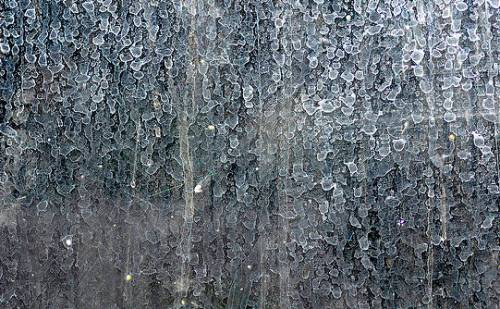Calcium deposits, often seen as white or cloudy buildups, can wreak havoc on various surfaces in our homes. From faucets and showerheads to glassware and appliances, these stubborn deposits can diminish the aesthetics and functionality of our household items. In this comprehensive guide, we explore the causes of removing calcium deposits, the areas they commonly affect, and, most importantly, effective tips and tricks for their removal.
Understanding Calcium Deposits: The Culprit Behind the Cloudiness
Causes of Calcium Deposits: Calcium deposits, also known as limescale, occur when hard water evaporates, leaving behind minerals like calcium and magnesium. As the water evaporates, these minerals solidify on surfaces, forming deposits that can be challenging to remove.
Areas Affected by Calcium Deposits: Where They Lurk
-
Faucets and Showerheads:
The constant exposure to water makes bathroom fixtures susceptible to calcium deposits, leading to reduced water flow and a lackluster appearance.
-
Glassware and Dishware:
Dishwashers and glassware are prime targets for calcium deposits, resulting in cloudy glassware and inefficient appliance performance.
-
Appliances:
Coffee makers, kettles, and other appliances that use water are prone to calcium buildup, affecting their efficiency and longevity.
-
Tiles and Grout:
Bathrooms and kitchens with hard water often experience calcium deposits on tiles and grout, diminishing the overall cleanliness and appearance.
-
Pipes and Plumbing:
Over time, calcium deposits can accumulate in pipes, potentially leading to clogs and reduced water flow.
The Calcium Challenge: Effective Removal Strategies
1. Vinegar Soak:
- Vinegar, with its acidic properties, is an effective calcium deposit dissolver. Soak affected items like showerheads, faucets, or glassware in white vinegar for several hours. The acidity breaks down the deposits, making them easier to wipe away.
2. Lemon Power:
- Lemon juice, containing citric acid, works wonders on calcium deposits. Cut a lemon in half and rub it directly on the affected surfaces. The acidity of the lemon helps dissolve the deposits, leaving behind a fresh scent.
3. Baking Soda Scrub:
- Create a paste using baking soda and water and apply it to surfaces with calcium deposits. Let it sit for a while before scrubbing with a brush or sponge. Baking soda’s gentle abrasiveness aids in removing the deposits without damaging surfaces.
4. Commercial Cleaners:
- Numerous commercial cleaners are designed specifically for calcium deposit removal. Look for products containing descaling agents or those labeled as calcium removers. Follow the instructions carefully for optimal results.
5. Heat and Vinegar Solution:
- For appliances like kettles or coffee makers, fill the appliance with a solution of equal parts water and vinegar. Run the appliance through a cycle, allowing the mixture to break down and remove calcium deposits.
6. Citric Acid Soak:
- Citric acid, available in powder form, can be dissolved in water to create a potent solution for soaking affected items. This method is particularly effective for items with intricate designs or hard-to-reach areas.
Preventing Future Calcium Deposits: A Proactive Approach
While removing existing calcium deposits is essential, taking steps to prevent their recurrence is equally crucial. Here are some proactive measures to consider:
-
Install a Water Softener:
- Water softeners reduce the mineral content in hard water, minimizing the likelihood of calcium deposits.
-
Regular Cleaning Routine:
- Incorporate regular cleaning into your routine, focusing on areas prone to calcium deposits. Consistent maintenance helps prevent the buildup from becoming severe.
-
Use Calcium Inhibitors:
- Consider using calcium inhibitors or water conditioners to treat your water supply. These additives can help prevent mineral deposits from forming.
-
Wipe Surfaces Dry:
- After using water-dependent appliances or fixtures, wipe surfaces dry to prevent mineral buildup.
Conclusion: A Clearer, Cleaner Home
Tackling the calcium challenge requires a combination of effective removal strategies and preventive measures. Whether you’re dealing with cloudy glassware, a clogged showerhead, or scaled appliances, the tips and tricks outlined in this guide offer a roadmap to a clearer, cleaner home. By understanding the causes of calcium deposits and implementing proactive solutions, you can navigate the calcium challenge with confidence and ensure a more efficient, aesthetically pleasing living space. Say goodbye to cloudy surfaces and hello to a home that shines with clarity.
Discover the pinnacle of cleanliness with Glide Cleaners. Their expert team transforms spaces through top-tier pressure gutter cleaning salt lake city. From driveways to facades, trust us to revitalize your property. Elevate curb appeal, preserve surfaces, and enjoy a cleaner, brighter environment. Your space deserves the best – visit glidecleaners.com today.





